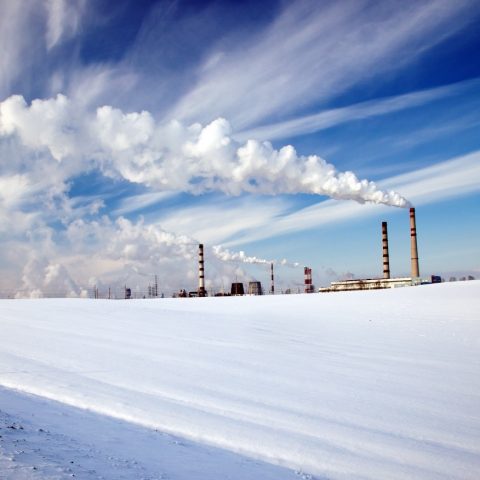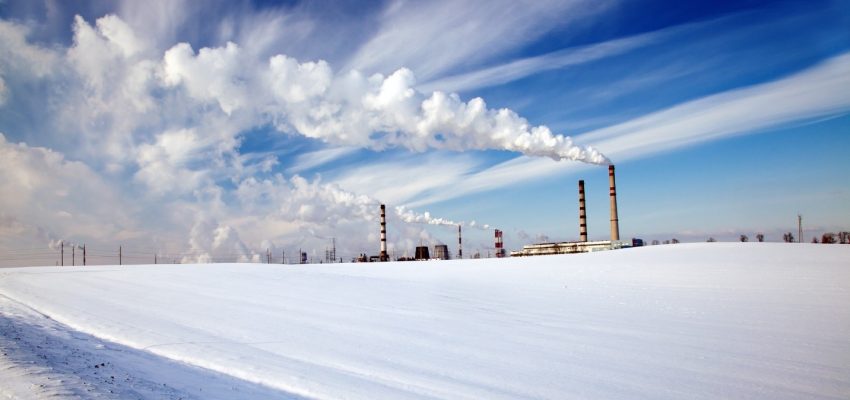With temperatures dropping in many areas of the world, now is a good time for facility managers to begin precursory winter checks of their buildings and grounds. To ensure winter weather maintenance is completed and operations stay on schedule, consider a thorough check of the items below.
Check Critical Safety Components
With so many critical components making up an industrial plant or facility, it’s important to double check there is no damage or repairs needed before winter hits. Consider checking the following:
- Damaged or incorrectly installed heat tracing components: Make sure you review the installation documentation to ensure everything is set up correctly, and that each part is marked with the appropriate Electrical Connection labels.
- Insulation: Inspect all lines for missing, wet or incorrectly placed insulation. Lack of insulation can prevent heat tracing from being effective.
- Cold lead wire and conduit: Inspect for damage or missing components.
- Ground-fault-breakers: Test all ground-fault breakers per manufacturer’s instructions.
- Power check: Validate that all power outputs in your heat trace system match the power output of the original design. Verify that the values are consistent with all product specifications.
Inspecting Your Facility Roof
Roofs are one of the first things affected by winter weather and can be a critical point of risk for buildings. Flat roofs especially need careful inspection, maintenance and repairs. However, even sloped roofs need an inspection to avoid safety incidents.
- Inspect the roof to determine if there are clear areas where snow and ice will build up
- Check all vents, shingles and waterproofing seals around the edge of a roof
- Schedule weekly inspections throughout the winter months
- Ensure you are looking for areas were water typically builds ups
- Make sure all drains and gutters are clear
Snow and ice can take time to melt, even during days with significant amounts of sunlight. Ensuring that your facility’s roof is clear of ice and snow is not only a safety issue, but can protect the structural integrity of the entire building and should be a priority during winter months.
Protecting Walkways and Entrances
Keeping safety a priority must extend to the walkways and entrances around your facilities. Snow and ice buildup can cause safety issues, including slips and falls. To ensure that employees and customers are not at risk during winter, you must have clear walkways and ensure any excess snow is removed.
Thermostat and Controllers
Energy usage during winter months may be different from the rest of the year. To make sure your facility is optimized, it’s good practice to review all of the settings and alarms on your thermostat and control systems. Review the operation manuals and consider performing all of the basic maintenance procedures outlined there.
Other Winter Safety Tips
While checking for obvious structural and safety issues is a given, there are other things that need to be checked prior to the start of winter.
- Installation and maintenance records: By keeping your records up to date, you can track what system tests have and have not been completed.
- Stock spare cable: Having a stock of spare parts and components means should the need for repairs arise, they can be completed in a timely manner. This will keep your facility running and avoid costly downtime.
Winter can be a dangerous time for industrial environments, but it doesn’t have to be. By performing thorough checks of your facility, you can avoid costly repairs and time losses down the line.


